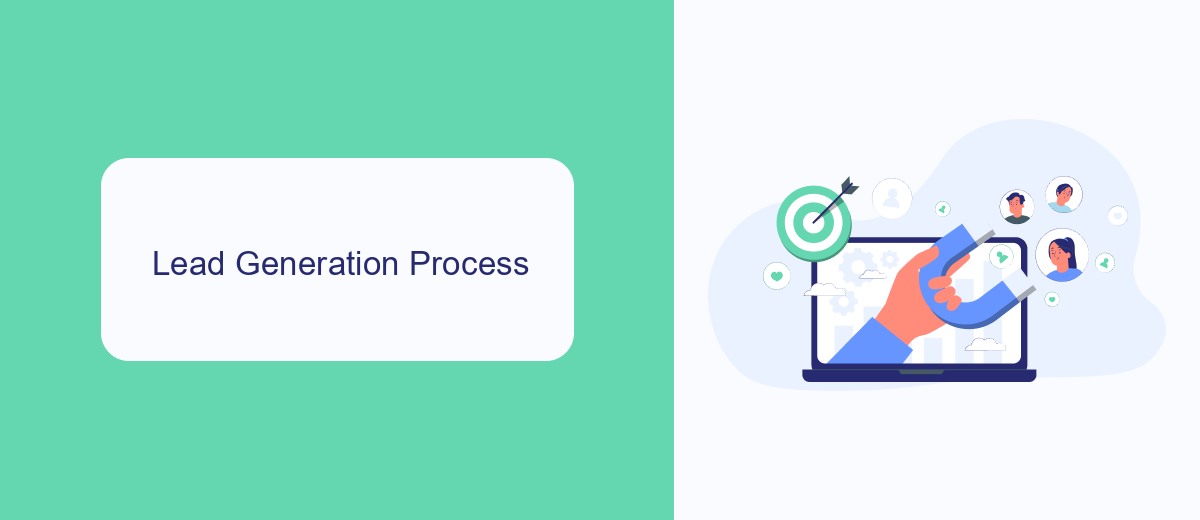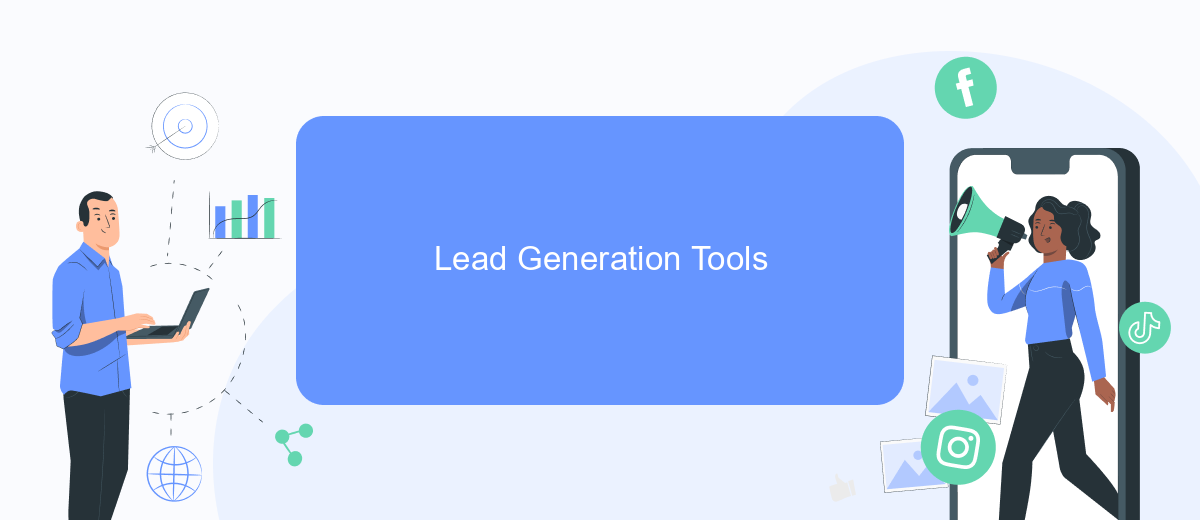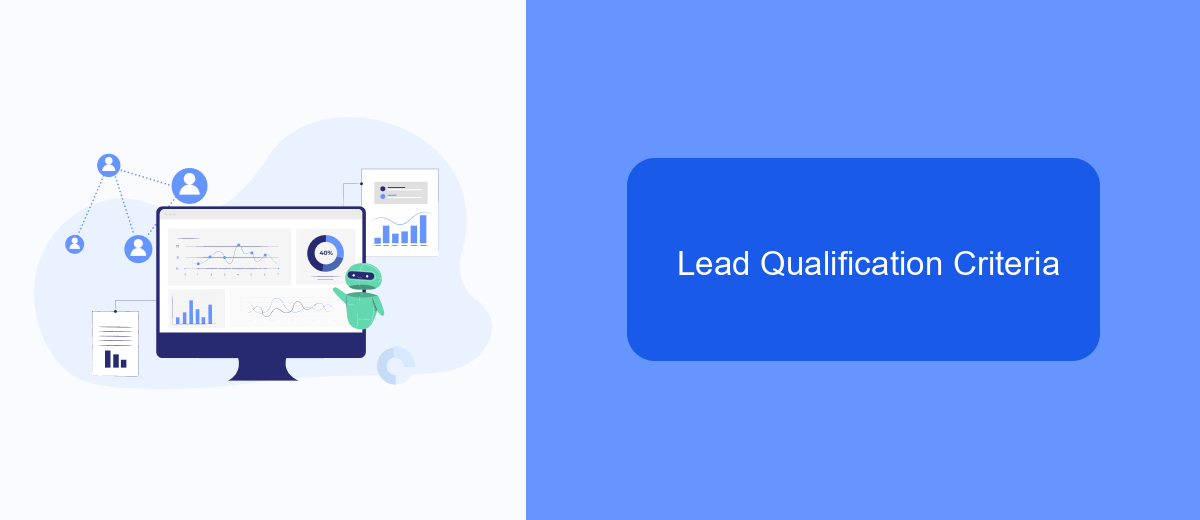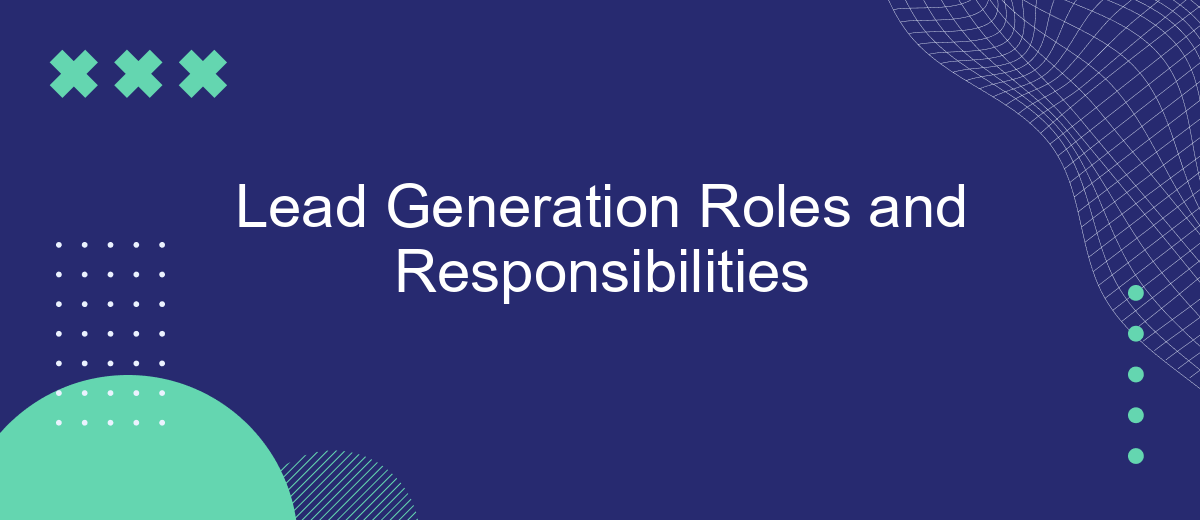Lead generation is a crucial component of any successful sales and marketing strategy. This article explores the various roles and responsibilities involved in the lead generation process, from identifying potential customers to nurturing and converting leads into loyal clients. Understanding these roles is essential for optimizing efforts and achieving business growth. Discover how each team member contributes to the overall success of lead generation.
Lead Generation Roles
Lead generation roles are essential for driving business growth by identifying and nurturing potential customers. These roles encompass a variety of tasks and responsibilities, each contributing to the overall success of the lead generation process.
- Lead Generation Specialist: Responsible for identifying and qualifying potential leads through various channels such as social media, email campaigns, and online research.
- Content Marketer: Creates engaging content to attract potential leads and nurture them through the sales funnel.
- Data Analyst: Analyzes data to identify trends and insights that can optimize lead generation strategies.
- CRM Manager: Manages customer relationship management tools to ensure leads are tracked and nurtured effectively.
- Integration Specialist: Sets up and manages integrations between different tools and platforms to streamline lead generation processes. Services like SaveMyLeads can automate these integrations, saving time and ensuring data consistency.
Each role plays a crucial part in the lead generation ecosystem, working together to ensure a steady flow of qualified leads. By leveraging specialized skills and tools, businesses can maximize their lead generation efforts and drive sustainable growth.
Lead Generation Process

The lead generation process involves several key steps designed to attract and convert potential customers. Initially, businesses identify their target audience and create compelling content to engage them. This content is often distributed through various channels such as social media, email marketing, and search engine optimization (SEO). Once potential leads are attracted, they are directed to landing pages with clear calls-to-action (CTAs) to capture their information, typically through forms or sign-ups.
After capturing lead information, the next step is to manage and nurture these leads. This is where integration tools like SaveMyLeads become invaluable. SaveMyLeads can automate the process of transferring lead data from various platforms into your CRM system, ensuring no lead is lost and follow-ups are timely. By leveraging such tools, businesses can streamline their lead management process, allowing sales teams to focus on converting leads into customers. Continuous analysis and optimization of the lead generation strategy are crucial to improving conversion rates and achieving business growth.
Lead Generation Tools

Effective lead generation requires the right set of tools to streamline the process and enhance productivity. These tools assist in identifying potential leads, nurturing them, and ultimately converting them into customers.
- CRM Software: Tools like Salesforce and HubSpot help manage and analyze customer interactions and data throughout the customer lifecycle.
- Email Marketing Platforms: Services such as Mailchimp and SendinBlue enable automated email campaigns to nurture leads.
- Landing Page Builders: Tools like Unbounce and Leadpages assist in creating optimized landing pages to capture leads.
- Social Media Management: Platforms like Hootsuite and Buffer help in managing social media campaigns and engaging with potential leads.
- Integration Services: SaveMyLeads simplifies the process of connecting various lead generation tools, ensuring seamless data flow and automation.
By leveraging these tools, businesses can significantly enhance their lead generation efforts. Each tool plays a crucial role in different stages of the lead generation process, from capturing and nurturing to converting leads into loyal customers. Utilizing a combination of these tools ensures a comprehensive and effective lead generation strategy.
Lead Qualification Criteria

Lead qualification is a critical step in the lead generation process, ensuring that your sales team focuses on prospects most likely to convert. Establishing clear criteria helps streamline this process and improves overall efficiency. By setting specific benchmarks, you can better identify which leads are worth pursuing and which are not.
Effective lead qualification criteria typically include a mix of demographic, firmographic, and behavioral factors. These criteria help to assess the potential value and readiness of a lead to make a purchase. Integrating automation tools, such as SaveMyLeads, can further enhance the process by seamlessly connecting your lead generation platforms and ensuring consistent data flow.
- Demographic Information: Age, gender, location, and occupation.
- Firmographic Data: Company size, industry, and revenue.
- Behavioral Indicators: Engagement with content, email opens, and website visits.
- BANT (Budget, Authority, Need, Timing): Assessing financial capacity, decision-making power, necessity, and purchase timeline.
By leveraging these criteria and integrating tools like SaveMyLeads, your team can efficiently filter out unqualified leads and concentrate on those with the highest potential. This not only saves time but also increases the chances of conversion, ultimately driving more revenue for your business.
- Automate the work with leads from the Facebook advertising account
- Empower with integrations and instant transfer of leads
- Don't spend money on developers or integrators
- Save time by automating routine tasks
Lead Nurturing Strategies
Effective lead nurturing strategies are crucial for converting prospects into loyal customers. One essential approach is personalized email marketing, where tailored content addresses the specific needs and interests of each lead. This can be achieved through segmentation, ensuring that different groups receive relevant information. Additionally, integrating automation tools like SaveMyLeads can streamline this process, automatically sending personalized follow-ups and reminders based on user behavior and engagement levels.
Another key strategy is leveraging social media to maintain consistent engagement with leads. By sharing valuable content, responding to comments, and participating in relevant discussions, businesses can build trust and keep their brand top-of-mind. Utilizing platforms such as LinkedIn for professional networking or Instagram for visual storytelling can enhance these efforts. Moreover, integrating CRM systems with tools like SaveMyLeads ensures that all interactions are tracked and analyzed, providing insights to further refine and optimize lead nurturing campaigns.
FAQ
What is lead generation and why is it important?
What are the primary roles involved in lead generation?
How can automation improve lead generation efforts?
What metrics should be tracked to measure the success of lead generation?
How do you ensure the quality of leads generated?
Use the SaveMyLeads service to improve the speed and quality of your Facebook lead processing. You do not need to regularly check the advertising account and download the CSV file. Get leads quickly and in a convenient format. Using the SML online connector, you can set up automatic transfer of leads from Facebook to various services: CRM systems, instant messengers, task managers, email services, etc. Automate the data transfer process, save time and improve customer service.

